The original Dal Makhani, which was made in the Western part of Punjab, which is now in Pakistan was made by the Peshawaris. The Punjabis sold this dal with a few flat unleavened bread called roti in Peshawar dhabas. When the Peshawaris came across the border after partition they brought this dal with them. It was made with whole urad dal and it simmered in a clay pot or handi for long stretches of time. Lily traces the antiquity of this delicious Punjabi dish, in the weekly column, exclusively for Different Truths.
If one is a Punjabi then one has grown up with one’s family’s version of the ubiquitous urad dal, which is known as Maash ki dal in Sanskrit and Ma ki dal in the vernacular. It meant umpteen whistles of the huge cooker as the dal cooked away slowly for a long time. By far the tastiest ‘black dal’ as my friends choose to call it is the one that I have eaten in the free kitchens or Langars in various Gurdwaras. They are Sikh temples or places of worship. The dal cooks on huge wood fires in massive cauldrons, sometimes all night long. The taste is remarkably addictive and keeps one longing to go back for more. This Ma ki dal from the gurdwara could well be one of the reasons for my pull towards spiritual leanings!
Popularly identified as Dal Makhani in most restaurants that serve Indian food, it has a similar history as Butter Chicken. Makhan means butter in the local language, so you know that this dal is bound to be a feast for dairy lovers.
The original dal which was made in the Western part of Punjab, which is now in Pakistan was made by the Peshawaris. The Punjabis sold this dal with a few flat unleavened bread called roti in Peshawar dhabas. When the Peshawaris came across the border after partition they brought this dal with them. It was made with whole urad dal and it simmered in a clay pot or handi for long stretches of time. The 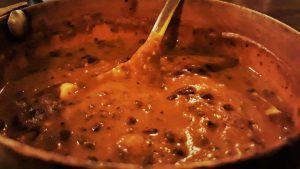 other version of this dal which was more popular in East Punjab and Lahore has few red kidney beans, Rajmah and some split gram pulses known as chana dal. The addition of these two adds a certain viscosity and thickness to the dish.
other version of this dal which was more popular in East Punjab and Lahore has few red kidney beans, Rajmah and some split gram pulses known as chana dal. The addition of these two adds a certain viscosity and thickness to the dish.
It is definitely clear that the pre-partition recipe did not use any tomatoes in their Ma ki Dal. If they needed a souring agent they used curd or yogurt.
What I am going to reveal now is that the origin of this new look and highly popular dish in Indian restaurants is as old as that of butter chicken, since the gentleman who originally coined the dish is Kundan Lal Gujral, who later became the owner of the Motimahal chain of restaurants. He was the one who popularised tandoori cooking in Daryaganj, Delhi after he came here. To recycle his drying out tandoori chicken he converted it into a tasty world-famous butter chicken by adding pureed tomatoes and dollops of cream and butter!
His grandson Monish feels that the Dal Makhni is the vegetarian version of that dish! Kundan Lal Ji thought of adding the same shahi ingredients to make a rich and royal combination for his vegetarian customers. He simply incorporated the Makhni sauce to the dal of his ancestors.
The other queen of dals is the Dal Bukhara, which was popularised by the ITC hotels in New Delhi. There is no blending of lentils in this one. The Moti Mahal dal is only 50 percent urad, the rest is kidney beans and split black gram. The Dal Bukhara gets its taste and viscosity from long hours of cooking. It simmers in a master pot all night. This slow cooking process is what sets it apart, while in other restaurants it is cooked once in a day and when customers come, it is taken out of and given a fresh tempering with the addition of cream and tomatoes.
Connoisseurs feel that the Moti Mahal version was the result of improvisation done by refugees who had to make a living, while Bukhara is one of the costliest places to eat. They can afford to be exclusive. Even the water they use is filter water in order to standardise the taste!
Enough said about this? Oh no! My mother’s version was to die for. She added loads of fresh milk and malai (fresh cream), which is the top thick cream of milk. She also tempered it with cow’s ghee. One wanted to drown in this fragrant concoction. A Laccha Paraanthha is the perfect accompaniment. Ever since she passed on two years ago, I swear by the Kesar Da Dhaba Dal in a narrow lane behind the by 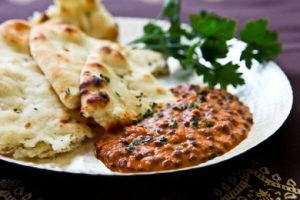 lanes of Golden Temple Amritsar.
lanes of Golden Temple Amritsar.
What Escoffier did for French cuisine, Kundan Lal did for the Indian dairy industry! The basis of yummy Punjabi cooking is the wholesome use of animal fat! Listen to what my friend Kamal Arora propounds:
Jo kar sake ma na peyo
O kar deve desi gheyo!
[What neither mother nor father can do/ That is done by pure ghee (clarified butter)].
Well, it seems true!
©Lily Swarn
Photos from the Internet
#DalMakani #Lentil #PunjabiFood #IndianCuisine #HistoryAndMystryOfFood #VegetarianDish #DhabaStyleFood #DifferernTruths

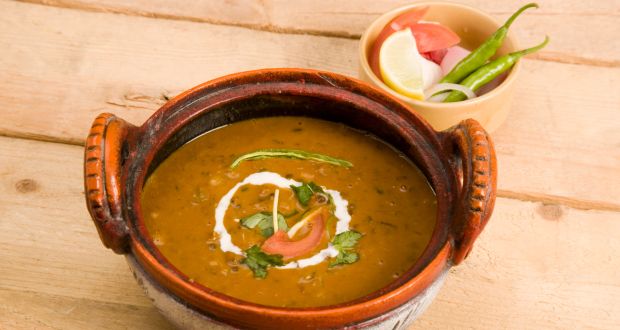
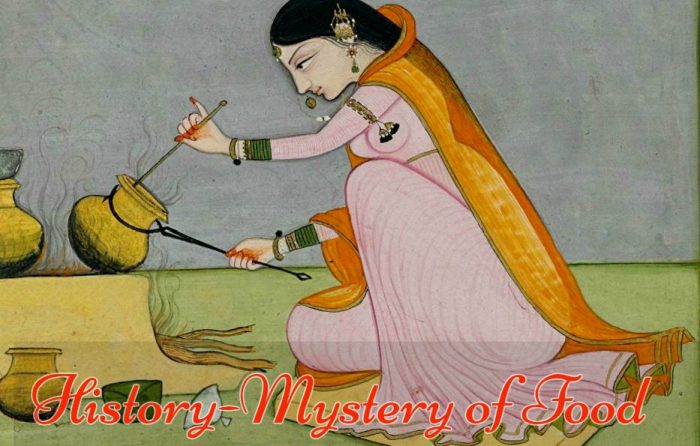


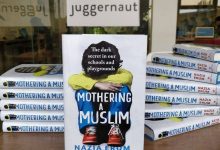

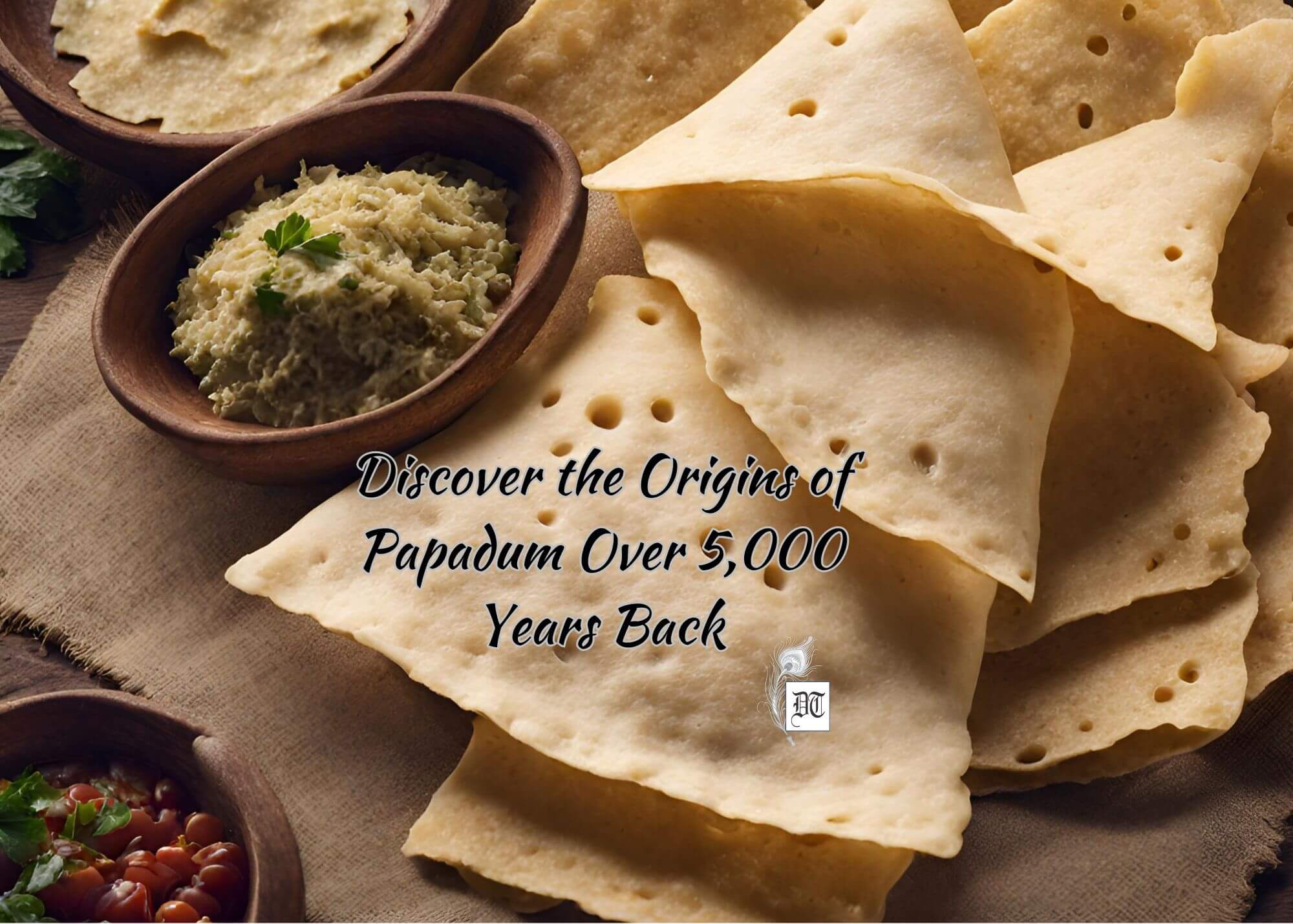
 By
By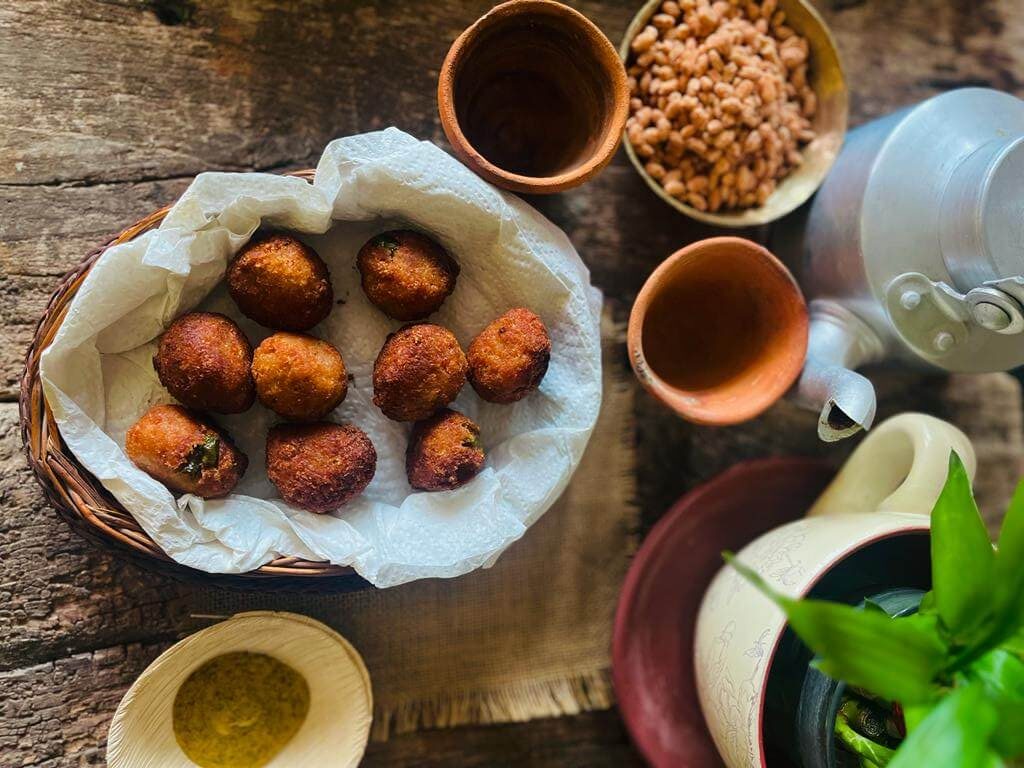
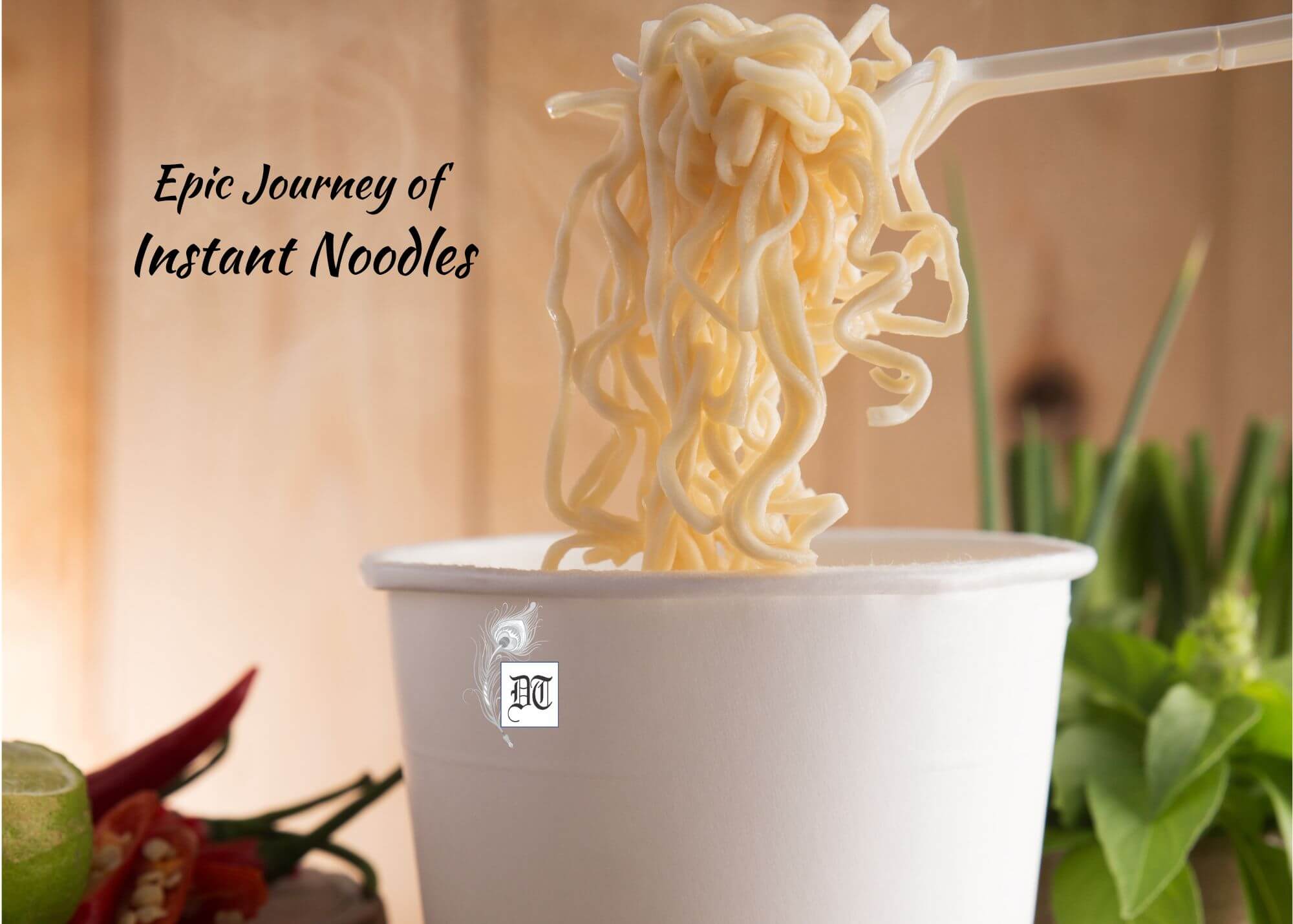
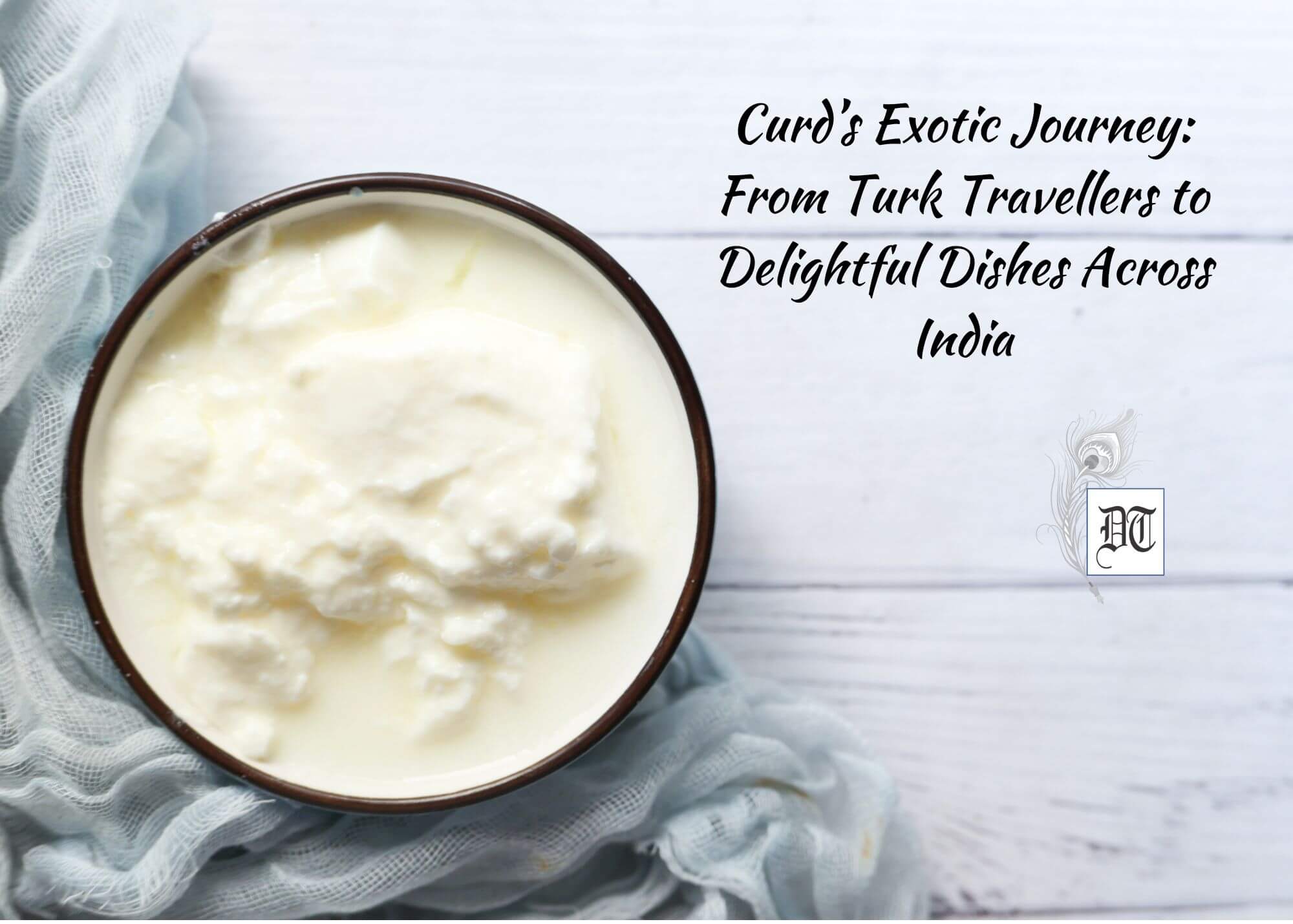
Enjoyed! Excellent write